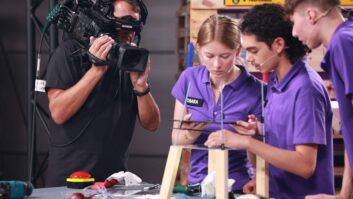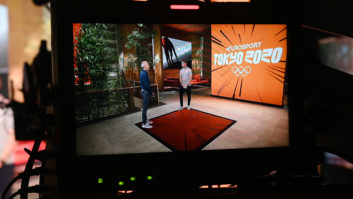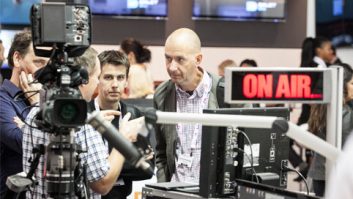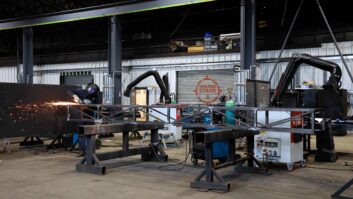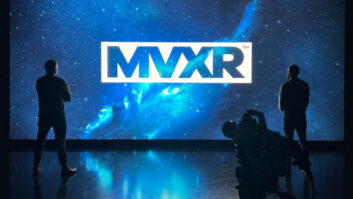There will be many ways at NAB 2018 that we will see the old become the new again, it’s one of the inevitable circles of innovation. But we will also see some genuine new technology ready to burst onto a new level of relevance. By being more innovative than ever we’ll see some of these new technologies graduate from ‘gadgets’ to mainstream entertainment staples.
We have seen media companies push ahead and pursue exciting possibilities, the outcome of which is an expansion of the opportunities around tools such as Virtual Reality (VR) and its cousin, Augmented Reality (AR).
AR and VR will, once again, be a hot topic at NAB. But this year we will see it move from the side-lines to take a leading role in the media mass-market for TV and film.
Plenty of examples have been starting to emerge that AR and VR are ready for prime time; Disney’s animated feature, Coco, gave fans a chance to explore the animated world through a partnership with Oculus Rift and Gear VR headsets, which also included social features to allow users to experience the world with each other.
Another experience called Alien Zoo in California takes visitors on a journey through a virtual world where they interact with the environment and each other. And just a few months ago, streaming service Hulu brought its virtual reality content to Windows Mixed Reality headsets, including two new shows: The Driver and A Curious Mind. And it doesn’t stop there, plenty of investments are being made in the world of sport where businesses are aiming to take the stadium to the small screen.
These are just a couple of examples that highlight the interest and investment in AR and VR across media and entertainment. It continues to gain momentum with a multitude of new ways to reach the mass market. This phenomenon is absolutely helped by the move of AR and VR into other markets as well. The developer kits for Apple and Android make mobile AR experiences more commonplace. The familiarity that customers will begin to build up with the technology will only help media companies drive take up for their services. NAB will provide the platform for organisations to discuss how and when they invest.
Still, the fundamental question that must be answered is not only how to provide an engaging and exciting customer experience but how to monetise it. That is where the real value lies for the industry.
For example, VR can bring ads to life, an exceptionally compelling proposition for marketers selling experiences, like a travel destination or an automobile. The opportunity to interact with and “test drive” the product can create excitement and reduce uncertainty—thus fast tracking actual purchases and improving satisfaction. Or, at a more advanced level, VR analytics that track viewers’ gaze, eye movement, and what they’re looking at could give advertisers deep insights into which aspects of their products or stores customers are most attracted to—and tailor their products and ads accordingly.
There are inevitably still some questions that will be answered. We will see some of this during NAB, but the questions being asked shows that this is a rapidly maturing technology and it’s ready to take a big jump forward.
